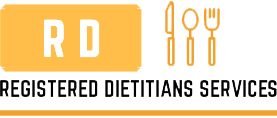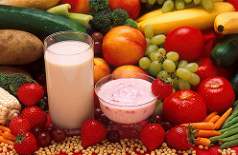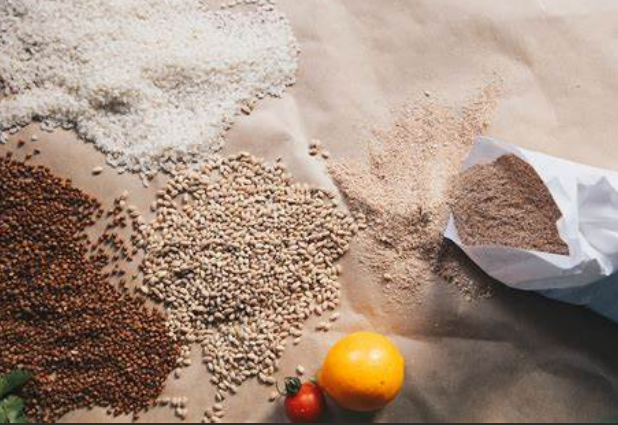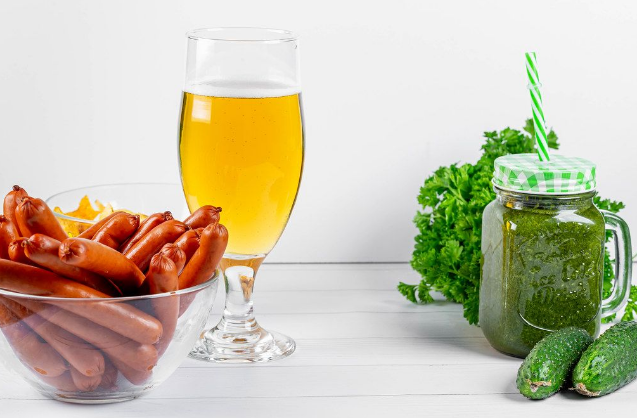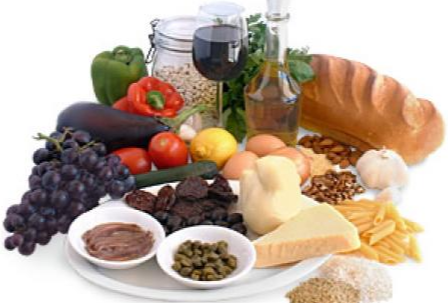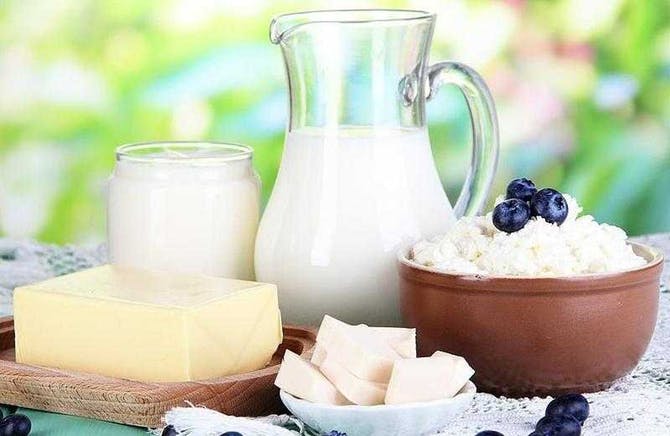Do you feel out of control around food?
Do you tend to go out of bed to binge during the night?
Do you feel uncomfortable in your body size and lack of self confidence?
This month we’ll continue to have a look at Eating disorders. The first blog was on anorexia nervosa and today we shall focus on bulimia nervosa. Eating disorders are affecting a lot of people worldwide. In fact, it’s are on the rise as we are living in an era where everyone became conscience about food and what they are eating. There are three main eating disorders which are anorexia nervosa, bulimia nervosa and binge eating disorders. Bulimia nervosa is especially common among adolescents and women. Boys and men tend to suffer less but unfortunately it is also on the increase.
What is the bulimia nervosa?
Bulimia nervosa is a type of eating disorder, potentially life-threatening if not taken care of. A person suffering from bulimia nervosa has binge eating episodes. A binge is when a person over-eats massive amount of food in a short period of time, usually 1 or 2 hours. Then, fear and anxiety drive the person to restrict his diet in order to prevent weight gain. In addition, a person with bulimia nervosa may resort to self-induced vomiting after eating, perform excessive exercise and use diuretics or laxatives in order to sooth his anxiety.
There are some official diagnostic criteria for bulimia nervosa, in Diagnostic and Statistical Manual of Mental Disorders V (DSM-5). These are as following:
- Consuming an amount of food that is definitely larger than most people would eat within an 1 hour and usually in hiding
- A sense of losing control over eating during the binge episode
- Remittent unbecoming compensatory behaviour in order to prevent weight gain, such as vomiting, laxatives or diuretics, restricting food or excessive exercise
- Bingeing and purging both occur, averagely, at least once a week in three months’ time period
- Self-esteem is overly affected by physique
Unfortunately, the cause of eating disorders is still unknown but there is strong evidence that it may be caused by various factors such as family history, personality traits and environmental factors. In fact, it is well known that a person may be more prone to develop bulimia when:
- Family members are obese or have an eating disorder.
- Have a perfectionistic personality trait.
- You have a job or do a sport that emphasizes body size, such as bodybuilding, modelling, ballet, swimming or gymnastics.
- Continuously dieting or exercising in order to lose weight or change your physique.
- Have a distorted body image or think that your body should be looking like someone else’s body.
Signs and Symptoms
Someone who suffer from bulimia nervosa may have appropriate weight for his height and age. Unfortunately, the person may still perceive himself as being too heavy and therefore wants to lose weight. Patients suffering from bulimia often display the following symptoms:
- Being obsessed with body shape and weight
- Bingeing and feeling a lack of control or inability to stop eating
- Compulsively and excessive exercising
- Using laxatives or diuretics
- Self induced vomit after eating
- Restricting calories, fasting or avoiding certain foods for periods of time
Treatment should be comprehensive and include several types of therapy. The most effective way to treat bulimia is to get a team approach which includes a doctor specialized in mental health, registered dietitian and even your relatives. There are several treatment options which are recommended which are psychotherapy, medications such as fluoxetine and nutritional management.
Nutrition management
Individuals suffering from bulimia nervosa have the tendency to be rigid, controlling, obsessive-compulsive, impulsive and extreme perfectionist. By extension they should be discouraged from sticking to rigid meal plans and rigorous exercise routines. It should be emphasized to make the meals regular and maintain satiety throughout the day to stop binging. This can be accomplished through composing a healthy, well-balanced and flexible eating plan.
Many patients may request weight-reduction meal plan, which is not recommended as further restrictions may be triggering the disease. It can contribute to the onset of binge-purge cycle. Diet should consist of breakfast, 2 main courses and 2 – 3 snacks throughout the day. The meal plan should have clear and planned structure. Patients should be thought to eat their meals regardless of feeling hunger and not to skip the meals.
Eating disorders such as bulimia nervosa are serious conditions which should be dealt holistically in a professional way from specialised healthcare professionals in this topic. If you think you might have this condition seek professional help immediately. If, you are concerned about your child or a friend that might be suffering from bulimia nervosa encourage them to seek help.
